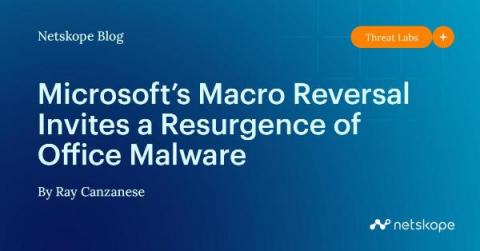Ransomware as a Service: Behind the Scenes
During the recent Rootedcon conference in Spain, we delivered a talk about ransomware, and this blog post serves as a commentary of the insights presented about Ransomware as a Service (RaaS): how it really works; how the threat actors operate these attacks; and how organizations can analyze the attacks and take preemptive measures in the event of future attacks.











